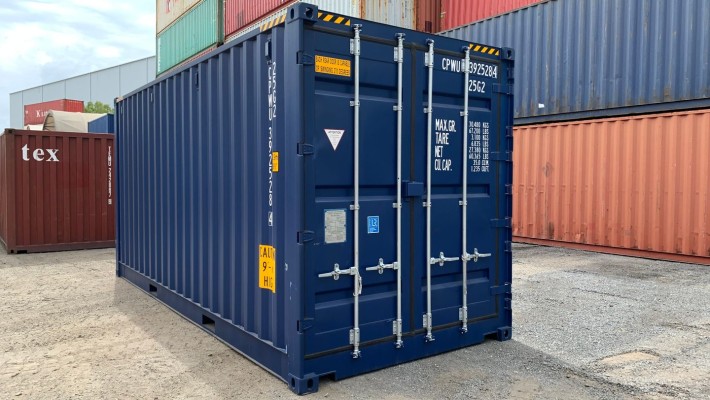Freight Forwarder Insights
Huin International Logistics Latest Articles
What are the Different Types and Sizes of Freight Container?
Understanding the various types, sizes, and classifications of freight containers is crucial for effective shipping planning.
At HUIN Freight Forwarding, we expertly manage shipments of diverse shapes, sizes, and requirements. This article aims to elucidate the most common freight container sizes, explain industry-specific terminology, and provide guidance on selecting the appropriate container for your goods.
For direct information on available freight container types and sizes, reach out to the team at HUIN Freight Forwarding.
Types and Measurements of Shipping Containers To start, we provide an overview of the types and sizes of freight containers commonly used for domestic China shipments and international transportation. This serves as a foundational guide to ensure you select the right container for your cargo while acquainting you with available container types.
Types of Freight Containers
- Open Top: Ideal for items that require crane loading and offer the option to overfill.
- Closed Top: Shields contents from environmental elements, making it a prevalent choice for international shipments.
- High Cube: Features extra height for larger freight or efficient space utilization, suitable for taller items.
- Heavy Goods: Designed for particularly heavy loads, these containers provide robust support during transit.
- Refrigerated Containers: Essential for transporting perishable goods like food and medical supplies, requiring controlled temperatures.
Common Shipping Container Sizes Shipping container dimensions can vary, but usually adhere to standard international measurements. The naming of containers such as 20ft or 40ft reflects their length. A 20ft container is approximately 20 feet in length, with minor variations depending on the manufacturer.
- 20ft: Ideal for smaller shipments, typically accommodates around 20,000 kg of goods, with internal dimensions of about 6m in length, 2.35m in width, and 2.35m in height.
- 40ft: Commonly the largest available, these containers carry up to 30,000 kg, with internal dimensions close to 12m in length, 2.35m in width, and 2.35m in height.
Other sizes like 8ft and 10ft are available, but 20ft and 40ft are predominantly used globally. For smaller shipments, consider groupage or consolidated transport options.
Keep in mind that the exact sizes and capacities from manufacturers may vary slightly. These figures provide general guidelines for understanding container capacities.
Need help selecting the right container? Contact us today to discuss your requirements.
Freight Classification Incoterms Freight can be classified under terms like "LCL" and "FCL."
- LCL (Less-Than-Container Load): Involves shipments that occupy less than the full capacity of a container, grouped with other goods, offering economical shipping for small loads.
- FCL (Full-Container-Load): Occupies the full container capacity, dedicating the space solely to your goods. Ideal for large or special-requirement items (hazardous, fragile, or refrigerated).
These terms apply exclusively to sea freight. Other transportation modes have distinct terminologies. For instance, air freight uses "groupage" for small, consolidated shipments and "dedicated" for larger, expedited shipments. Road freight uses "LTL" (Less-Than-Truck-Load) and "FTL" (Full-Truck-Load), similar to their sea freight counterparts.
Choosing the Right Shipping Container Selecting an appropriate container ensures an efficient shipping process. Factors to consider include cargo size, quantity, weight, and special requirements.
Freight forwarders can assist in selecting the correct container, but if you prefer a DIY approach, follow these steps:
- Determine the shipment classification: full load or partial.
- Identify special requirements for your freight.
- Choose the appropriate container size for your goods.
- Arrange for loading, unloading, and logistics.
Alternatively, streamline the process by partnering with a reputable freight forwarder like HUIN. Focus on your business while we manage the shipping details.
Significance of Shipping Container Colors Container colors primarily represent brands. Manufacturers, shippers, and leasing companies often use distinct colors for their containers. Leasing companies, especially, opt for darker colors to minimize visible aging, making them more attractive for leasing.
While there is no universal color code, a white container often suggests it contains perishable goods requiring special handling or refrigeration.
